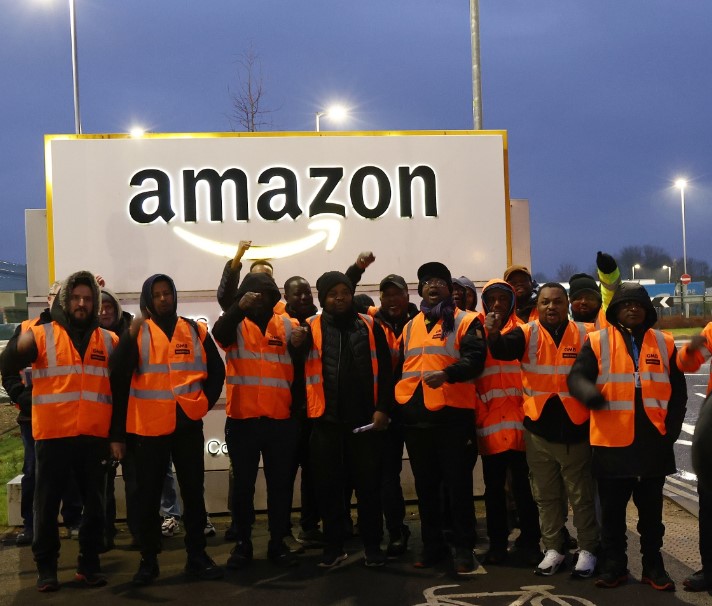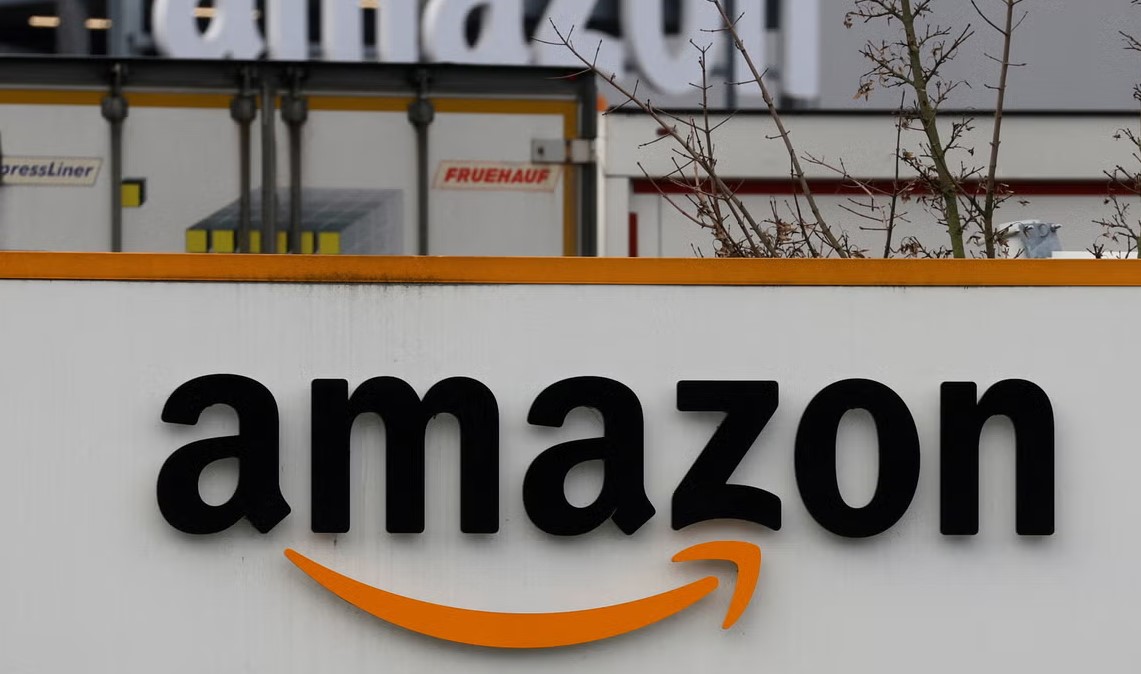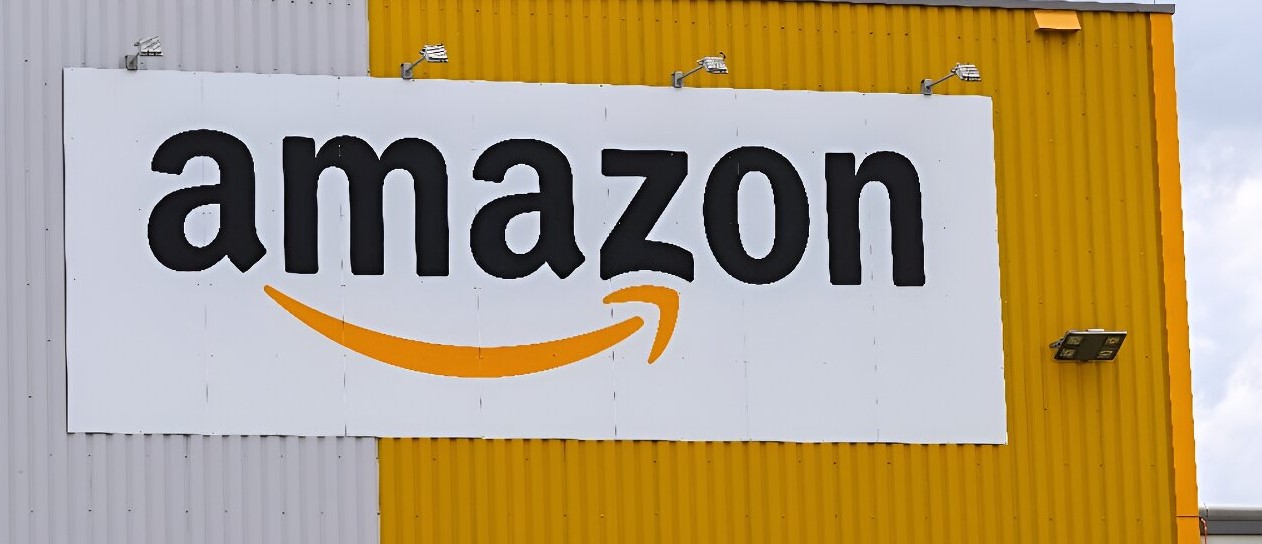
In 2024, Amazon faced a significant labor dispute that drew attention from around the world. The "Amazon strike" became a central topic in discussions about workers' rights, corporate responsibility, and the future of labor in the digital age. This strike was not just a simple disagreement between workers and management; it was a profound moment that highlighted deep-seated issues within one of the world's most powerful companies.
Roots of the Dispute
The roots of the 2024 Amazon strike can be traced back to longstanding grievances among Amazon employees. For years, workers at Amazon's vast network of warehouses and fulfillment centers had been voicing concerns about working conditions. Complaints ranged from inadequate break times and strenuous work quotas to concerns about safety and job security. Many workers felt they were being pushed to their physical and mental limits, often working long shifts with minimal breaks. This constant pressure to meet high productivity standards led to widespread dissatisfaction and resentment among the workforce.
While Amazon had made some efforts to address these issues, many workers felt that the measures were insufficient. The company's responses, such as slight wage increases and occasional improvements in break policies, were seen as token gestures rather than meaningful changes. Employees continued to report hazardous working conditions and a lack of adequate support for injuries sustained on the job. The mounting frustration among workers set the stage for a large-scale confrontation, culminating in the 2024 strike. This strike was a response to years of perceived neglect and mistreatment, driven by a demand for substantial changes in their working environment.
The Spark That Ignited the Strike
The situation reached a boiling point in early 2024 when a group of warehouse workers in the Midwest organized to demand better pay, safer working conditions, and more reasonable hours. These initial protests quickly gained traction, spreading to other Amazon facilities across the United States. By March, the movement had coalesced into a full-blown strike, with thousands of workers participating.

Key Demands of the Amazon strike
The demands of the Amazon strike were clear. Workers sought a $25 per hour minimum wage, improved health and safety standards, and the right to form a union without fear of retaliation. These demands were driven by the harsh realities many workers faced daily. For example, employees often reported grueling 10-hour shifts with minimal breaks, leading to high levels of physical and mental stress. Additionally, the rapid pace of work required to meet Amazon's delivery promises often resulted in injuries, which workers felt were not adequately addressed by the company.
Amazon's Initial Response
Amazon's initial response to the strike was dismissive. The company argued that it already provided competitive wages and benefits, and it pointed to its $15 minimum wage as evidence of its commitment to fair pay. However, this response only fueled the strikers' determination. Workers felt that the company was out of touch with the realities on the ground and was not taking their concerns seriously.
Public and Political Support
As the Amazon strike gained momentum, it attracted widespread media coverage and public support. Labor unions, politicians, and advocacy groups rallied behind the workers, emphasizing the strike's significance in the broader context of workers' rights and corporate accountability. The strike also sparked debates about the role of technology in the workplace, with many arguing that Amazon's heavy reliance on automation and surveillance was dehumanizing workers.
Amazon strike Political Involvement
One of the key turning points in the Amazon strike was the involvement of political figures. Several high-profile politicians visited picket lines and voiced their support for the strikers. These visits were not just symbolic; they brought national attention to the workers' plight and highlighted the broader issues of labor rights and corporate practices. Politicians from various parties saw the strike as an opportunity to address systemic issues in the labor market, and they used their influence to amplify the workers' demands for fair wages, safer working conditions, and the right to unionize.
This included prominent senators and representatives who used their platforms to call for legislative changes to protect workers' rights. Their involvement brought even more attention to the strike and put additional pressure on Amazon to negotiate with the workers. The presence of these political figures on the picket lines helped to legitimize the workers' grievances and underscored the importance of addressing their concerns at a national level. It also signaled to Amazon and other large corporations that labor issues could no longer be ignored without facing significant political and public backlash.

Negotiations and Resolution
Despite the mounting pressure, Amazon initially remained resistant to the workers' demands. The company continued to argue that its wages and benefits were fair and that it had made significant investments in worker safety. However, the persistence of the Amazon strike began to take a toll on Amazon's operations. Delays in order fulfillment and disruptions in the supply chain started to affect customers and partners, creating a ripple effect throughout the economy.
Faced with growing disruptions and mounting public pressure, Amazon eventually agreed to enter negotiations with worker representatives. The negotiations were tense and protracted, reflecting the deep divisions between the two sides. However, after weeks of talks, a tentative agreement was reached. The deal included a gradual increase in the minimum wage to $25 per hour, enhanced safety protocols, and measures to protect workers' rights to organize without fear of retaliation.
Impact and Significance
The resolution of the Amazon strike was seen as a significant victory for the workers and a milestone in the fight for labor rights in the 21st century. It demonstrated the power of collective action and the importance of addressing workers' concerns in an increasingly automated and profit-driven economy. The strike also had broader implications, prompting other companies to re-evaluate their labor practices and sparking discussions about the future of work in an age of rapid technological change.
Immediate and Long-term Effects
In the aftermath of the Amazon strike, there were both immediate and long-term impacts. In the short term, the resolution brought relief to the striking workers, many of whom had faced financial hardships during the strike. The agreement also led to improvements in working conditions, which were felt immediately by employees across Amazon's facilities. However, the strike's long-term impact was perhaps even more significant. It set a precedent for labor relations in the tech industry and beyond, signaling that workers were no longer willing to accept substandard conditions and that they were prepared to take bold action to demand better treatment.
Amazon's Response and Future Challenges
The 2024 Amazon strike also had a lasting impact on Amazon itself. The company faced increased scrutiny from regulators, investors, and the public. There were calls for greater transparency in its labor practices and for more robust protections for workers. Additionally, the strike prompted Amazon to re-evaluate its relationship with its workforce and consider how to better balance efficiency with employee well-being.
Conclusion
In conclusion, the Amazon strike of 2024 was a landmark event in the history of labor relations. It highlighted the challenges faced by workers in the modern economy and underscored the importance of fair wages, safe working conditions, and the right to organize. The strike also demonstrated the power of collective action and the need for companies to address workers' concerns proactively. As the world continues to grapple with the implications of technological change and globalization, the lessons of the Amazon strike will remain relevant, serving as a reminder of the enduring struggle for workers' rights and dignity.
Loading
Loading
Loading


